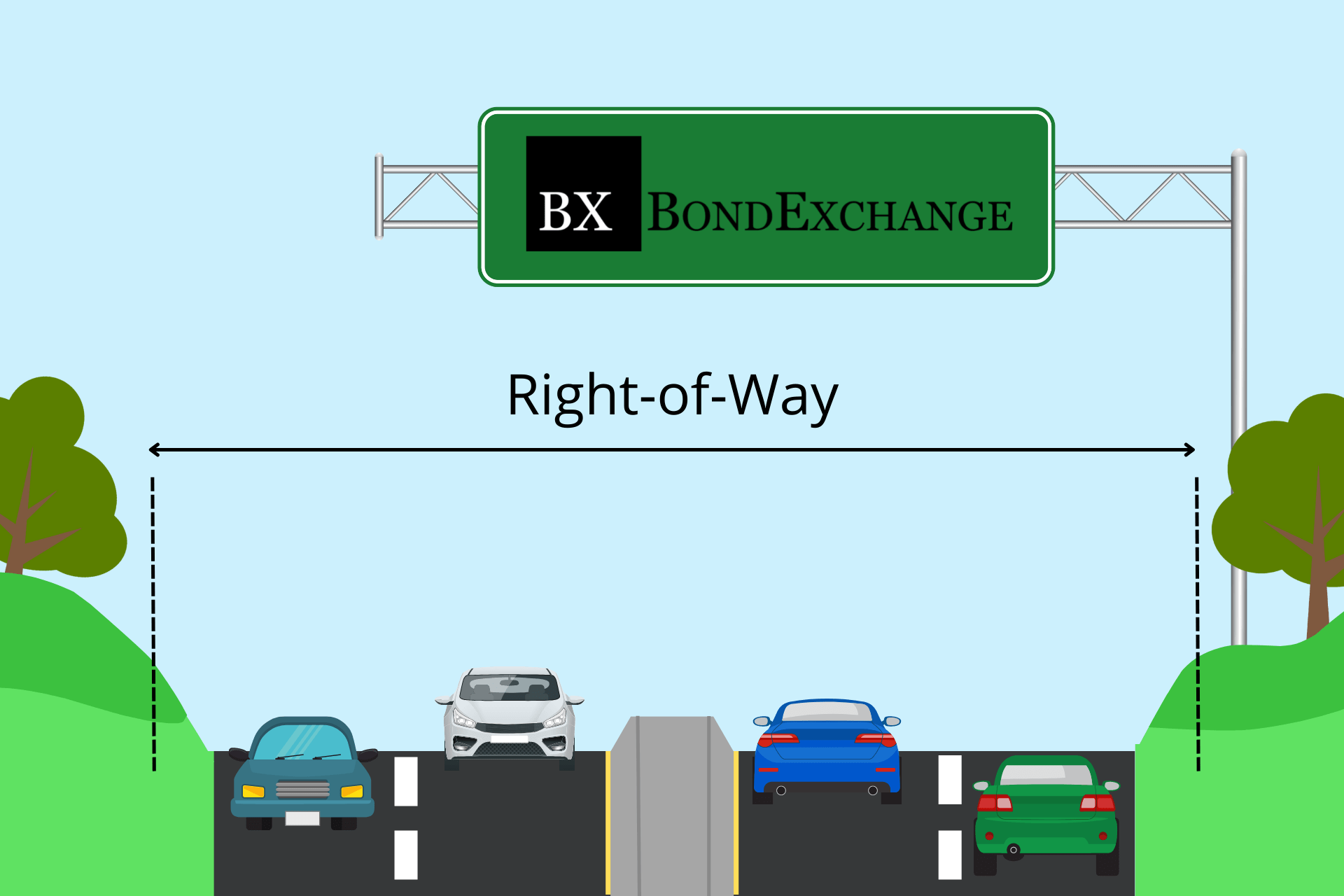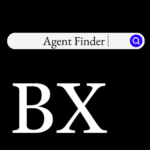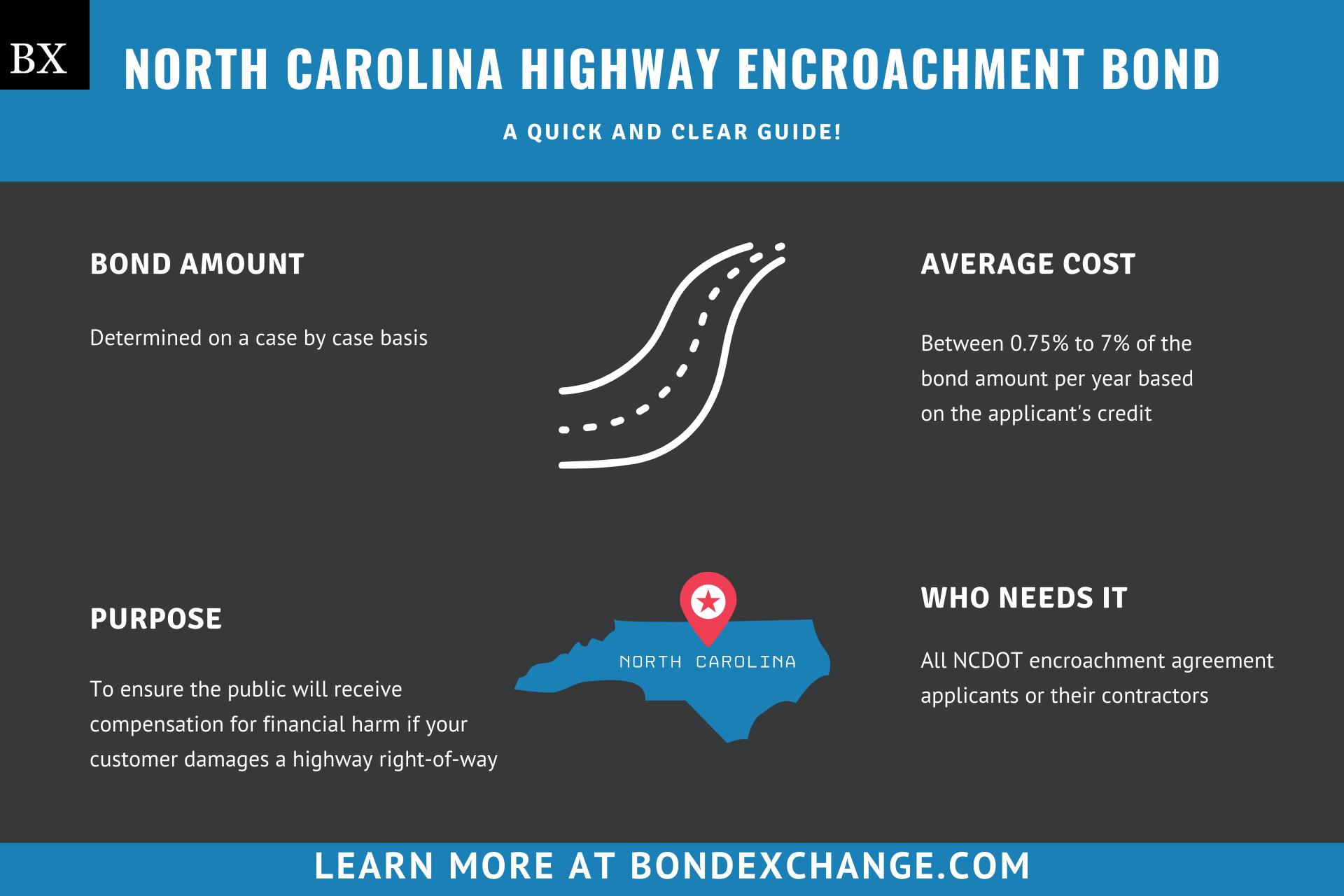North Carolina Highway Encroachment Bond: A Comprehensive Guide
This guide provides information for insurance agents to help their customers obtain a North Carolina Highway Encroachment bond
At a Glance:
- Average Cost: Based on the bond’s limit (more on this later)
- Bond Amount: Determined on a case by case basis (more on this later)
- Who Needs it: All NCDOT encroachment agreement applicants or their contractors
- Purpose: To ensure the public will receive compensation for financial harm if your customer damages a highway right-of-way
- Who Requires the Bond: The North Carolina Department of Transportation (NCDOT)
Background
All persons seeking to engage in any construction or utility installation activities within the limits of NCDOT right-of-way must apply for an encroachment agreement with their local NCDOT District Office. North Carolina enacted the encroachment agreement requirement to ensure that the work performed along the right-of-way does not impact the public’s ability to travel across a state highway. To be eligible for an encroachment agreement (also referred to as an encroachment permit), either the encroachment agreement applicant or their contractor must purchase and maintain a surety bond.
“Right-of-way” refers to the total amount of land acquired for the construction of a highway as well as the public’s right to use it. North Carolina requires right-of-way for highways to range from between 10’ to 25’ from the end of the highway. This way the state owns the land immediately bordering the highway and creates a “buffer zone” between the highway and any adjacent private property.
Individuals and businesses that want to in any way alter the land located within a highway right-of-way are required to obtain an encroachment agreement authorizing them to do so.

What is the Purpose of the North Carolina Highway Encroachment Bond?
North Carolina requires either the encroachment agreement applicant or their contractor to purchase a surety bond as a prerequisite to beginning the construction or utility installation process on a highway right-of-way. The bond ensures that the NCDOT will receive compensation for financial harm if your customer damages the right-of-way and fails to make the necessary repairs. For example, if your customer needs to install a water pipeline next to a highway and ends up damaging the highway during the installation process, then the NCDOT can file a claim against your customer’s bond if they do not either fix the damages or pay another contractor to do so.
What are the Different Types of the North Carolina Highway Encroachment Bond?
There are three different types of the North Carolina Highway Encroachment bond, as outlined below:
- Second Party: The entity applying for the encroachment agreement purchases the bond
- Contractor: The contractor hired by the entity applying for the encroachment agreement purchases the bond
- Continuing Indemnity: Covers all encroachment agreements obtained by the applicant in a year. This type of bond can be purchased by either the encroachment agreement applicant or a contractor and is best suited for entities that undertake multiple construction or utility installation projects on highway right-of-ways per year.
How Can an Insurance Agent Obtain a North Carolina Highway Encroachment Surety Bond?
BondExchange makes obtaining a North Carolina Highway Encroachment bond easy. Simply login to your account and use our keyword search to find the “highway” bond in our database. Don’t have a login? Gain access now and let us help you satisfy your customers’ needs. Our friendly underwriting staff is available by phone (800) 438-1162, email or chat from 7:30 AM to 7:00 PM EST to assist you.
At BondExchange, our 40 years of experience, leading technology, and access to markets ensures that we have the knowledge and resources to provide your clients with fast and friendly service whether obtaining quotes or issuing bonds.
Not an agent? Then let us pair you with one!
Click the above image to find a BX Agent near you
How is the Bond Amount Determined?
The NCDOT will determine the required bond amount on a case-by-case basis based on factors such as the type, location, and scope of work to be performed. The limits on continuing indemnity bonds will be higher as they cover all encroachment agreements obtained within a year.
Is a Credit Check Required for the North Carolina Highway Encroachment Bond?
Surety companies will run a credit check on the applicant to determine eligibility and pricing for North Carolina Highway Encroachment bonds with limits greater than $25,000. Applicants with excellent credit and work experience can expect to receive the best rates. Applicants with poor credit may be declined by some surety companies or pay higher rates. The credit check is a “soft hit”, meaning that the credit check will not affect the applicant’s credit.
North Carolina Highway Encroachment Bonds with limits of $25,000 or less or considered less risky by surety companies and are issued at the same rate to all applicants regardless of their credit history.
How Much Does the North Carolina Highway Encroachment Bond Cost?
North Carolina Highway Encroachment bonds with limits of $25,000 or less cost just $100 or 1% of the bond amount per year, whichever is greater.
Bonds with limits exceeding $25,000 can cost anywhere between 0.75% to 7% of the bond amount per year. Insurance companies determine the rate based on several factors including your customer’s credit score and experience. The chart below offers a quick reference for the bond cost on a $50,000 bond requirement.
$50,000 Highway Encroachment Bond Cost
| Credit Score | Bond Cost (1 year) |
|---|---|
| 700+ | $375 |
| 625 – 699 | $500 |
| 600 – 624 | $1,250 |
| 575 – 599 | $1,500 |
| 550 – 574 | $2,500 |
| 500 – 549 | $3,500 |
Who is Required to Purchase the Bond?
As mentioned above, the NCDOT requires encroachment agreement applicants or their hired contractors to purchase a surety bond as a prerequisite to beginning work on a construction or utility installation project on a highway right-of-way. The NCDOT does not specify whether the contractor or encroachment agreement applicant should purchase the bond, and leaves it up to them to make that determination.
What is the Application Process for North Carolina Highway Encroachment Agreements?
Applicants must navigate several steps to obtain their encroachment agreements. Below are the general guidelines, but applicants should refer to the DOT Encroachment Submissions User Manual for details on the process.
Step 1 – Contact an NCDOT District Office
First-time encroachment agreement applicants should contact the NCDOT District Office of the county where the project site is located. The office will walk the applicant through the submission process and answer any questions that they have.
Step 2 – Determine The Encroachment Type
The NCDOT requires applicants to obtain specific encroachment agreements that correspond to the type of work to be performed as well as who will be the party responsible for maintaining the site after the project is concluded.
Important Note: Contractors will never be considered a party on an encroachment agreement as party designations are reserved solely for the entities that pay for the installation and maintenance of the items/utilities.
Two-Party Agreements: The applicant (second-party on the encroachment agreement) is responsible for both installing and maintaining the item/utility. For example; a utility company that installs a sewage system and is responsible for its maintenance would need a two-party agreement.
Applicants seeking a two-party encroachment agreement must complete the form that matches the type of work to be performed:
-
- 16.1: Used the installation of utility lines such as:
- Water
- Sewer
- Power Telephone
- Gas
- 16.1A: Used for the installation of non-utility items that are not related to road construction, including but not limited to:
- Signs
- Monitoring wells
- Irrigation systems
- Fence
- Sidewalks that are not constructed in conjunction with additional road construction
- 16.1B: Used for the installation of items related to road construction, including but not limited to:
- Pavement widening
- Curb and gutter
- Storm drainage
- Pavement markings
- Ditches and shoulders
- Sidewalks that are constructed in conjunction with additional road construction
- 16.1C: Used for the installation of piping for the flow of treated effluent (liquid waster)
- 16.2: Used for the installation of utility lines within control of access right-of-way (state highway)
- 16.3: Used for routine plowed-in telecommunications installations. Applicants must obtain an original blanket encroachment agreement from the State Utility Agent before applying for this agreement.
- 16.3A: Used for routine trenched-in telecommunications installations. Applicants must obtain an original encroachment agreement from the State Utility Agent before applying for this agreement.
- 16.4: Used for routine CATV installations. Applicants must obtain an original blanket encroachment agreement from the State Utility Agent before applying for this agreement.
- 16.5: Used for routine utility service connections. Applicants must obtain an original blanket encroachment agreement from the State Utility Agent before applying for this agreement.
- 16.5A: Used for routine ariel utility crossings and taps. Applicants must obtain an original blanket encroachment agreement from the State Utility Agent before applying for this agreement.
- 16.1: Used the installation of utility lines such as:
Three-Party Agreements: The applicant (second-party on the encroachment agreement) installs the item/utility and maintains maintenance responsibilities for a short period of time before transferring those responsibilities onto a third party. For example; a developer that is required to install a water line that will ultimately be maintained by the local city/town government would need a three-party agreement.
Applicants seeking a three-party encroachment agreement must complete the form that matches the type of work to be performed:
Applicants seeking to engage in any grading and/or alteration of drainage within a controlled access right-of-way, where the work performed will ultimately be owned and maintained by the NCDOT, must complete form 16.7.
Step 3 – Complete the Application
All North Carolina Encroachment Agreement applications can be submitted online through the NCDOT Permits Site. First-time applicants must create an NCID and submit their NCID information on the form located here before gaining access to the permits site.
After gaining access to the permits site, applicants must simply follow the instructions contained on page 8 of the DOT Encroachment Submissions User Manual to submit their encroachment agreement applications. Applicants should ensure that they meet all the criteria contained within the below forms before submitting their applications.
Step 4 – Purchase a Surety Bond
Your customer must purchase and maintain a surety bond once has been approved. The required bond amount will be listed on the approved encroachment agreement package.
Important Note: Encroachment agreements only represent an agreement between the applicant and the NCDOT. Therefore, applicants may need to obtain other building permits and should check with the municipal authority where the project site is located before beginning construction.
What are the Liability Insurance Requirements for North Carolina Encroachment Agreements?
North Carolina does not require applicants to obtain any form of liability insurance as a prerequisite to obtaining an encroachment agreement. However, the local government that oversees the land where the construction site is located may require your customers to purchase insurance before obtaining a building permit.
How Do North Carolina Encroachment Agreement Applicants File Their Bonds?
Applicants should submit their completed bond forms, including the power of attorney, to the NCDOT District Office charged with overseeing the right-of-way where the project site is located. The surety bond requires signatures from both the surety company that issues the bond and from the applicant. The surety company should include the following information on the bond form:
- Legal name and address of entity/individual(s) buying the bond
- Surety company’s name and address
- Encroachment agreement information
- Bond amount
- Date the bond is signed
What Can Your Customers Do to Avoid Claims Against Their North Carolina Encroachment Agreement Bonds?
To avoid claims on their bonds, your customers must ensure that they do not damage any highways through the course of their projects. If your customers do damage a highway, then they must either fix the damage themselves or pay for a contractor to do so.
What Other Insurance Products Can Agents Offer Contractors and Businesses in North Carolina?
North Carolina does not require contractors and businesses to purchase liability insurance as a prerequisite to obtaining an encroachment agreement. However, the municipal authority charged with overseeing the land the construction site is located may require them to. Bonds are our only business at BondExchange, so we do not issue any other types of insurance, but our agents often utilize brokers for this specific line of business. A list of brokers in this space can be found here.
How Can Insurance Agents Prospect for North Carolina Encroachment Agreement Applicants?
We suggest contacting the NCDOT’s encroachments office at [email protected] to obtain a list of active highway encroachment agreements in North Carolina. Contact BondExchange for additional marketing resources. Agents can also leverage our print-mail relationships for discounted mailing services.


